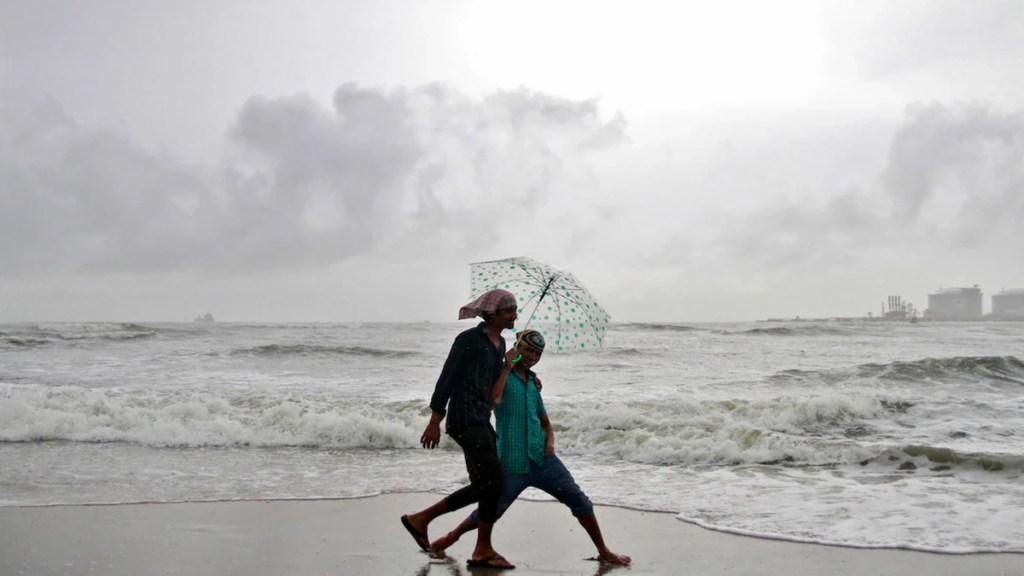The India Meteorological Department (IMD) on Thursday announced onset of the southwest monsoon (June-September) simultaneously over Kerala and parts of north-east India, a day earlier than the predicted.
The rains marks the the commencement of its four-month sojourn which brings in 75% of the country’s annual rainfall.
“Southwest Monsoon has set in over Kerala and advanced into most parts of northeast India including entire Nagaland, Manipur, Mizoram, Arunachal Pradesh and most parts of Tripura, Meghalaya and Assam,” according to the met department statement.
The monsoon rains are likely to progress into parts of Kerala, Tamil Nadu and Karnataka in the next couple of days, an official said.
The monsoon rains this year have arrived over Kerala two days before normal date and over northeast India, six days before the normal date.
Earlier, monsoon onset over Kerala and north-eastern region was on May 30, 2017. According to the met department data between 1971 – 2024, the earliest the monsoons have arrived over Kerala was May 18 (1990) and most delayed arrivals were on June 18, 1972.
After the onset of monsoon covers the entire country by the end of June or early July, farmers begin sowing of kharif crops such as paddy, coarse cereals, pulses and oilseeds. Adequate monsoon rains also ensure adequate soil moisture for rabi crops like wheat, mustard and chana.
Earlier this week, the weather office in its second advance long range forecast reiterated its earlier forecast of ‘above normal’ monsoon rainfall at 106% of benchmark average during June-September this year with 92% chances of the rains being in the “normal-to-excess” range.
The prospects of a normal monsoon comes as a relief to the farm sector, which relies on monsoon rainfall for crops grown in over a half of the net cultivated area.
Though the Met department sees a somewhat skewed pattern of rain distribution in the current monsoon season, with some of the paddy-growing areas in east and north India poised to receive below-normal rains, the mostly rain-fed “monsoon core zone” in central India has been predicted to witness above-normal precipitation.
This augurs well for the agriculture sector which saw a 4.4% annual decline in output (gross value added) in the 2023-24 crop year (July-June), after a steady rise witnessed for six straight years.
“Healthy, timely and well-distributed rains can lift agriculture incomes by bolstering rural demand, which was impacted in the past fiscal year and is currently showing some signs of revival,” according to consulting firm Crisil. It stated that robust crop output can control food inflation that has been hovering above 8% for six months.
Retail inflation in April eased to 4.83% after averaging 5.1% in January-March. Food inflation, despite some signs of moderation, remains elevated and a potential source of risk to the disinflation trajectory.
In terms of regional distribution, the IMD said that ‘above-normal’ rainfall is expected “over southern peninsula and central India while northwest India is expected to get ‘normal’ precipitation”. However, the north-eastern region and parts of Odisha, West Bengal, Jharkhand and Chhattisgarh may get ‘below-normal’ rainfall, Mrutyunjay Mohapatra, director-general, IMD, said.
IMD classifies ‘normal’ rainfall between 96% and 104% of benchmark – long period average (LPA). Rainfall between 90-95% of LPA is considered ‘below normal’. Rainfall received between 104-110% of benchmark fall in the ‘above normal’ category.


